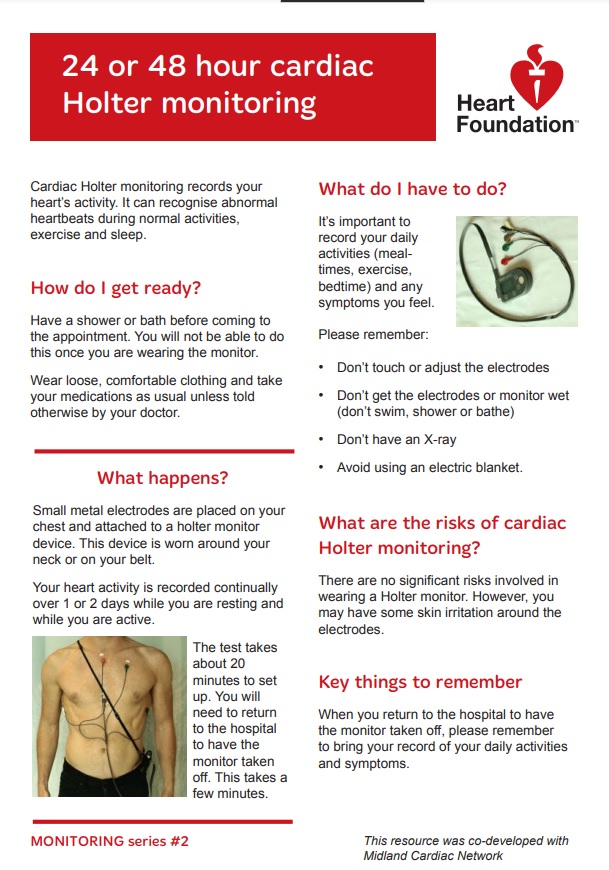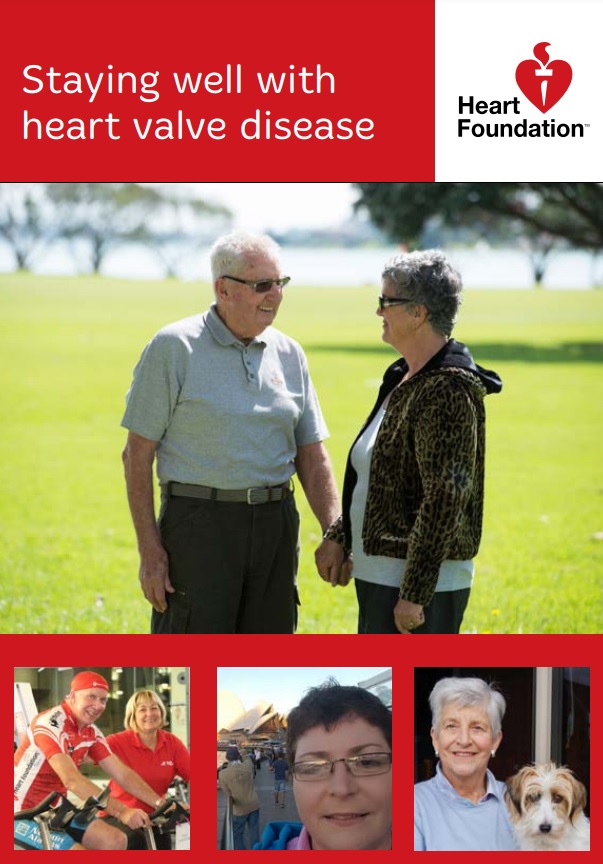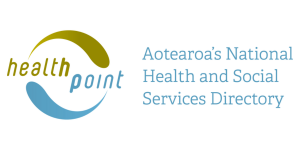‘Cardiac’ refers to the heart and ‘rehabilitation’ means restoring to good health. Cardiac rehabilitation (also called cardiac rehab) is an important part of the recovery process for people who:
- have had a heart attack
- have had coronary angioplasty (stent)
- have had coronary bypass or other heart surgery
- have stable heart failure.
Cardiac rehabilitation services provide you and your whānau with education, information, physical activity and social support, helping you make essential changes to your lifestyle so you can return to as normal a life as possible after a heart event or heart disease diagnosis.








